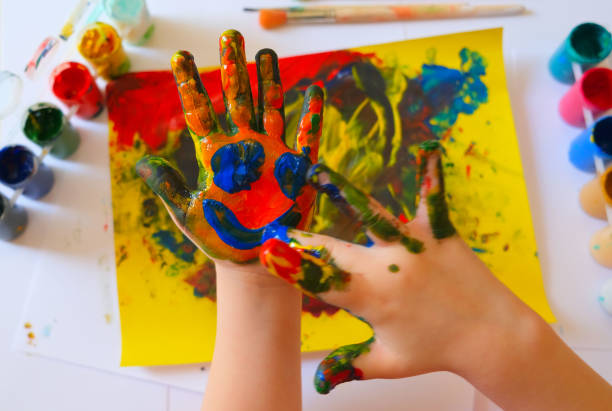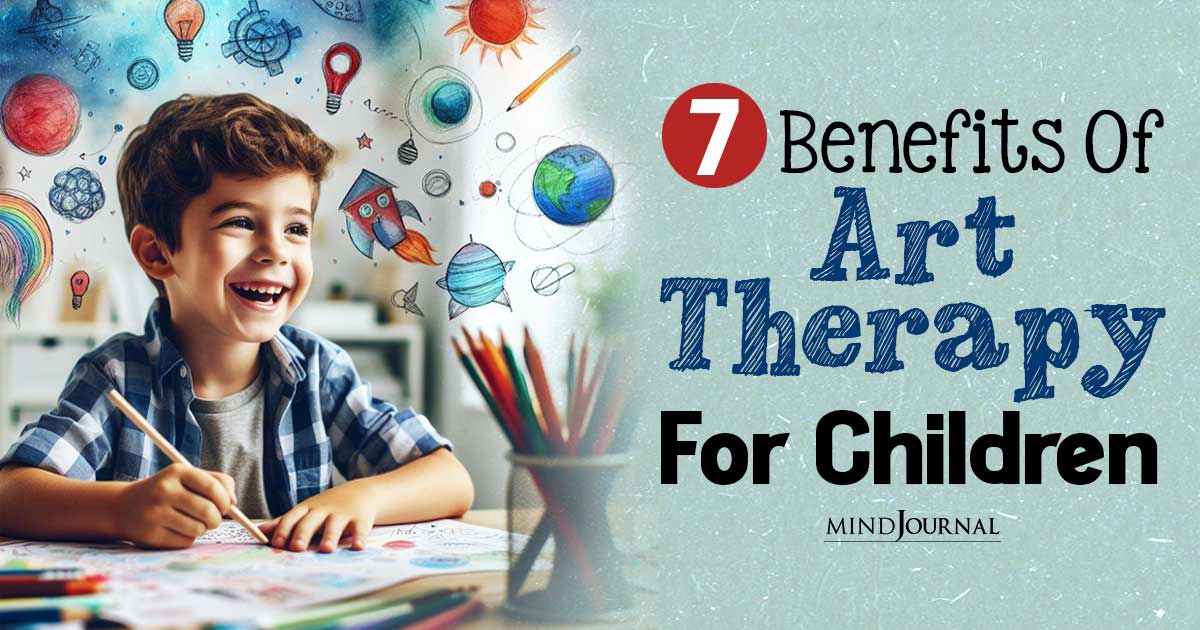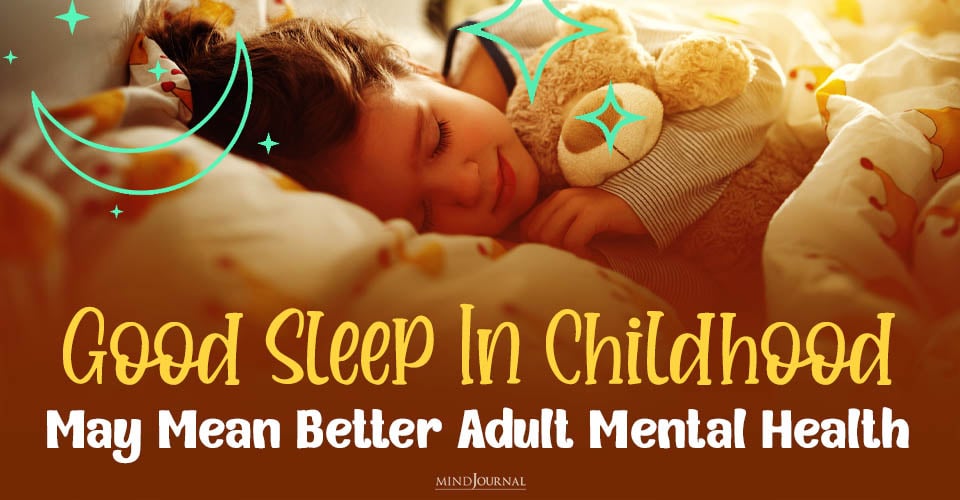Art therapy for children is a treatment method that helps children who suffer from trauma, emotional disorders, or other developmental problems to be healed and find themselves.
Benefits of art therapy for children may also be seen as one of the best channels of communication which surpasses language barriers to reveal the innermost aspects of human feelings.
Children learn how to draw, paint, sculpt, and engage in other forms of art under the guidance of an art therapist to express their thoughts, emotions, and experiences.
The following ten amazing benefits of art therapy for children that shows how art can make a huge difference in children’s lives. So without further ado let us get into it!
What Is Art Therapy For Children?
Art therapy is a technique that helps children in therapy make art to discover their feelings, work through conflicts, improve relations, think about themselves, and solve the everyday problems they have.

Through drawing, painting, modeling, and other creative works qualified art therapists urge children to express themselves.
Art provides an alternative language for children who cannot put their thoughts or emotions into words. Also, experts using what is art therapy for children can apply certain techniques addressing each child’s needs for self-expression and emotional healing.
According to McDonald et al (2018), this study “Exploratory Study of Changes in Children’s Social-Emotional and Mental Health Using Art Therapy in Primary Schools” shows how UK primary school kids were affected by its application.
This case highlights how these forms of treatment could help improve anxiety levels among students, conduct disorders, hyperactivity as well as prosocial behavior among others.
7 Helpful Benefits Of Art Therapy For Children
There are many advantages that art therapy for children can bring to their development and well-being in different areas.

The benefits of art therapy for children include:
1. Emotional Expression and Healing:
Many studies have shown that art may be used as an effective coping strategy among children who suffer from emotional problems or trauma.
Art creates a pathway for children to access conscious and unconscious emotions, enabling them to express experiences that they might not ordinarily express verbally.
Trauma-based art creation provides an opportunity for kids to let out emotions and effectively cope with such feelings thus healing in the process.
Read More: Top 10 Fun Activities For Kids
2. Effective Communication:
What is art therapy for children? It is creating a friendly environment where these young people will feel free to share what concerns them without the fear of being judged especially considering how difficult it could be to communicate orally.
As they draw or paint, they almost always do so through means of communication they know about and like.
After several sessions of making art, relationships are built, and rapport is created; this results in more nonverbal communication turning into verbal one hence helping clients express themselves better as well as forging deeper bonds between people.
3. Growth in Social, Cognitive, and Developmental Aspects:
In such a case where therapy sessions include art-making activities, socialization gets enhanced while children’s development, as well as cognitive growth, is promoted.
By appealing to their creativity in arts, children are made to interact with the environment which would then lead to the development of significant social skills including maturation in relationships.
In addition, the creative process involved in art-making facilitates cognitive development since it allows kids to explore their imagination and develop self-identity and insights into the world around them.
4. Art Therapy For Depression And Trauma:
Art therapy for depression uses both hemispheres of the brain as a dynamic tool for processing trauma and healing from it.
Drawing or making art lets children associate this activity with happiness thus reinforcing its therapeutic advantages. This way, children become empowered through this art therapy for depression towards understanding and handling emotions that build resilience by developing self-awareness when faced with adversity.
5. Making the Children Self-Confident through Discovery of Themselves:
As an outlet for multifaceted self-expression, some advantages of art therapy in children are that it serves as a safe escape from reality and gives positive encouragement.

Depressed children have learned more about themselves emotionally and gained confidence in their ability to be genuine with their emotions through creative expressions in art therapy.
Additionally, art therapy helps children understand the fact that they are artists who should value their creativity and accept their creative selves because thoughts are valid expressions that other people need to take seriously.
Read More: 11 Exciting Games For Kids to Play Alone
6. Solving Problems:
Art therapy is a testing ground for different materials, techniques and modes (facets) of expressing oneself where kids may not only act creatively but also think critically.
In art, being versatile enough to transform what one has done into something else is a skill learned by children who go through such circumstances.
They change their method of expression in order to gain confidence or courage especially when solving problems hence making it easier for them to get through the maze inside their heads.
7. Catharsis and stress relief:
For small kids, involving in art becomes an effective way to let out held emotions and relieve them of the burden of stress.
Art is another true mode of expressing oneself – where painful experiences can be externalized and worked through; emotions can be poured into canvas or paper. Various synonyms were used for this matter. As such, those involving children in such activities ensure they are not frightened of being judged.
In fact, in the process of doing art, children often experience great emotional release and relaxation that reduces some stressors’ tension.
Emotional healing among kids is achieved through art therapy. It also helps children to communicate effectively, develop socially, process trauma, and find themselves.
In addition to benefits of art therapy for children, it creates a safe & imaginative environment so that children can navigate their emotional territories talking honestly about themselves on the road to growth & healing.
Read More: 10 Effective Self-Care Tips For First Time Parents!
What Are The Different Types of Art Therapy?
Art therapy makes use of several methodologies and techniques that are suited to the special needs and personal preferences of people.

Presented below are different varieties of art therapy.
1. Gestalt Art Therapy:
This technique deals with what is happening at the moment, emphasizing on individual’s mind, body, and emotions in harmony. The main focus of this type of art therapy is that it allows clients to produce artistic forms originating from their innermost selves as well as consciously elevating their awareness.
2. Analytic Art Therapy:
This form of art therapy stems from the psychoanalytic lineage of exploring the unconscious through creative works. Therapists might prompt clients to create spontaneously while letting symbols and pictures emerge on their own. Conversations about these symbols thus help the therapist to understand the patient’s mind and possible contradictions.
3. Cognitive-Behavioral Art Therapy:
Cognitive-behavioral art therapy combines cognitive-behavioral methods with arts regarding mental health problems like depression, anxiety, or trauma. Patients acquire skills for coping and strategies by making artwork therefore promoting cognitive restructuring as well as emotional regulation
4. Expressive Arts Therapy:
Expressive arts therapy embraces various forms including visual arts, music, dance/movement, drama, writing, etc., which help in self-expression as well as emotional reconstruction purposes. Clients are encouraged to play around with a range of materials so that they can access different parts within themselves all at once.
5. Art Therapy as Narration:
Certainly, narrative art therapy is one way that concentrates only on narratives and visual narrations as tools for examining personal experiences, memories, and identity developments; Visual representations enable clients to construct new meaning into their life stories thereby reflecting upon their strengths; difficulties; dreams
These benefits of art therapy for children are just but a few examples of utilizing art in therapies that provide different perspectives on the healing process itself. Consequently based on individual requisites or wants, therapists may use various approaches during therapeutic processes involving drawings or other modalities.
Read More: The Power Of Art Therapy For Anxiety Management : 6 Techniques That Bring Relief
Conclusion
Art therapy for children is a transformative tool that facilitates emotional healing, cognitive growth, and self-discovery. By providing a safe and imaginative environment for expression, children can navigate their emotional landscapes with honesty and creativity.
With its ability to unlock creativity and facilitate self-expression, art therapy offers a holistic approach to healing and growth for children facing emotional difficulties.
By harnessing the power of benefits of art therapy for children, children can embark on a journey of self-discovery, healing, and personal growth, paving the way for a brighter and more fulfilling future.
Frequently Asked Questions (FAQs)
1. What is art therapy for children?
Art therapy for children is a therapeutic approach that uses the creative process of creating art to help children explore their emotions, settle disputes, improve social skills, increase self-awareness, and cope with a variety of obstacles.
2. What are the different types of art therapy for children?
There are several styles of art therapy for children, such Gestalt Art Therapy, Analytic Art Therapy, Cognitive-Behavioral Art Therapy, Expressive Arts Therapy, and Narrative Art Therapy, each adapted to the individual’s requirements and preferences.
3. What are the benefits of art therapy for children?
Art therapy for children has many advantages, including emotional expression and healing, effective communication, social, developmental, and cognitive growth, trauma processing and healing, self-discovery and confidence building, problem-solving skill development, and catharsis and stress relief.











Leave a Reply